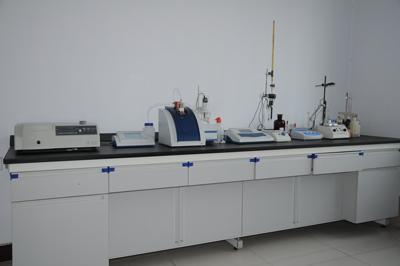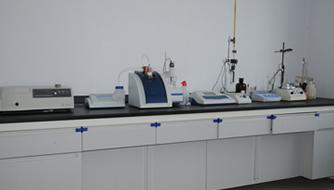Application Classification of Surfactant in Coatings
Based on different functions, the surfactant used in coating industry can be classified as following:
Emulsifier,surface treatment agent, wetting dispersant of pigment, defoamer, flatting agent, mould proof and bactericide, anstatic agent, sensitizer and slip additive are included.
Being anti-static electricity is how surfactant performs in coating industry
Antistatic agent usually applies cationic surfactant to inhibit the production of electrostatic charge through different ways to let electrostatic charge out or lower friction factors.
It is required to meet the standard below:
1. It has sound effects on preventing the electrostatic charge.
2. It can stop electrostatic charge durably.
3. It has good compatibility with film forming matter.
4. It will not influence other performances of coatings like it will not yellow the film.
The principle of anti-static agent: it takes advantage of the characteristics of its cationic surface activity to absorb the water in the air so as to produce polarity on its own, forming an extreme thin conducting layer on the surface and constituting static electricity. Thus, its results depend on its structure and relative humidity in the environment.
Being flatting agent is how surfactant works in coating industry
When choosing flatting agent to improve leveling property of coating, we should consider two aspects :
1.Active agent that can lower the surface tension of coatings/film can be selected to improve the leveling property of coatings greatly.
2.Solvent that has slow speed of volatilization and reduces the dynamic viscosity of coating application can be picked up so as to better the fluidity of coatings, lengthen the time, and run up to final leveling.
Related News
 January 25, 2019Commonly used such active agents are fatty alcohol polyoxyethylene ether sulfate and sodium lauryl sulfate. The fatty alcohol polyoxyethylene ether sulfate is aliased to AES, sodium alcohol ether sulf...view
January 25, 2019Commonly used such active agents are fatty alcohol polyoxyethylene ether sulfate and sodium lauryl sulfate. The fatty alcohol polyoxyethylene ether sulfate is aliased to AES, sodium alcohol ether sulf...view November 15, 2018(1)Emulsification: the oil has big surface tension in the water, so when water is dripped into the oil and stirred with efforts, the oil will be turned into fine beads and emulsion will appear due to the mixu...view
November 15, 2018(1)Emulsification: the oil has big surface tension in the water, so when water is dripped into the oil and stirred with efforts, the oil will be turned into fine beads and emulsion will appear due to the mixu...view January 25, 2019SterilizationThe quaternary ammonium salt bactericide has the property of an ionic compound, which is highly soluble in water and is insoluble in a non-polar solvent, with stable Chemical properties. ...view
January 25, 2019SterilizationThe quaternary ammonium salt bactericide has the property of an ionic compound, which is highly soluble in water and is insoluble in a non-polar solvent, with stable Chemical properties. ...view January 25, 2019Soft and smoothWhen the surfactant molecules are aligned on the surface of the fabric, the relative coefficient of static friction of the fabric can be reduced. Non-ionic surfactants such as linear al...view
January 25, 2019Soft and smoothWhen the surfactant molecules are aligned on the surface of the fabric, the relative coefficient of static friction of the fabric can be reduced. Non-ionic surfactants such as linear al...view October 23, 2018According to the classification method of oilfield chemicals, oilfield surfactants can be divided by the application into surfactants for drilling, surfactants for mining, surfactants for improving yi...view
October 23, 2018According to the classification method of oilfield chemicals, oilfield surfactants can be divided by the application into surfactants for drilling, surfactants for mining, surfactants for improving yi...view January 25, 2019SolubilizationSolubilization refers to the effect of the surfactant on increasing the solubility of poorly soluble or insoluble materials in water. For example, the solubility of benzene in water is 0...view
January 25, 2019SolubilizationSolubilization refers to the effect of the surfactant on increasing the solubility of poorly soluble or insoluble materials in water. For example, the solubility of benzene in water is 0...view







 +86-153 1652 1570
+86-153 1652 1570  robert@blamine.com
robert@blamine.com
 126B 3#,No. 438 Xinnongpuyin Street, Zhujing Town, Jinshan District, Shanghai City, China
126B 3#,No. 438 Xinnongpuyin Street, Zhujing Town, Jinshan District, Shanghai City, China